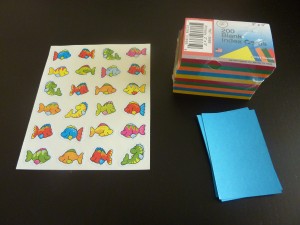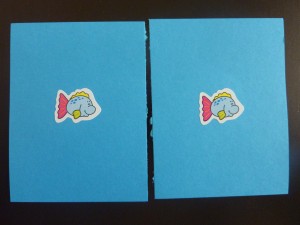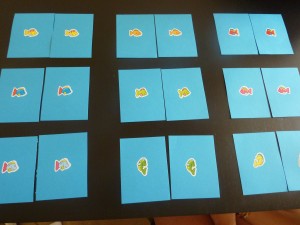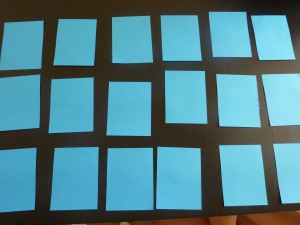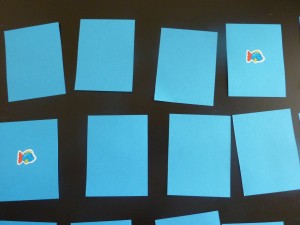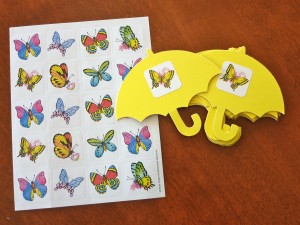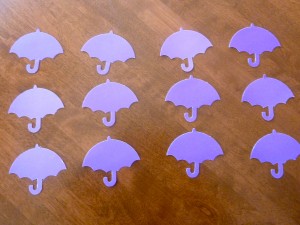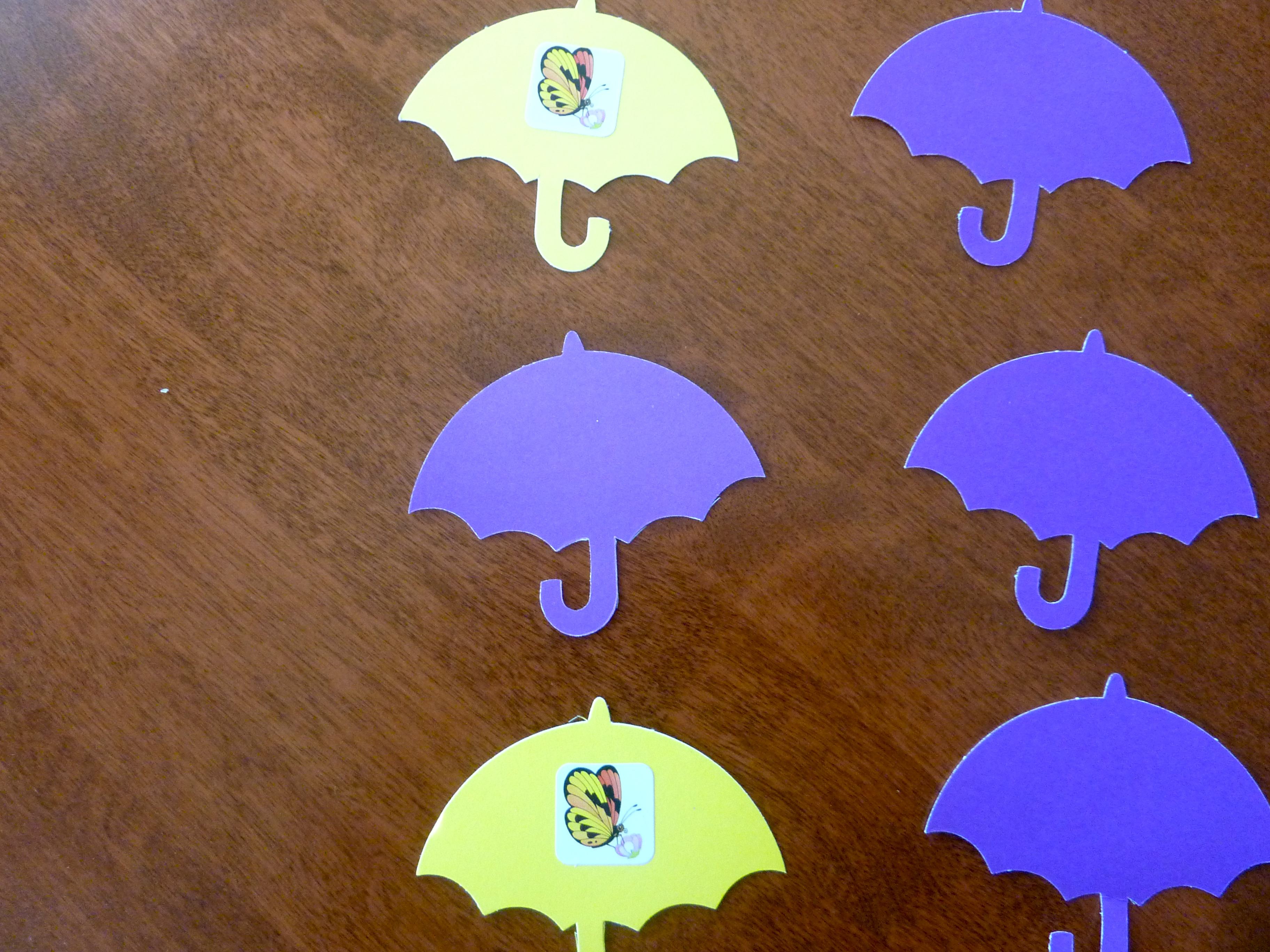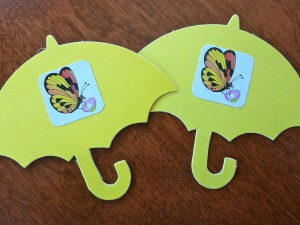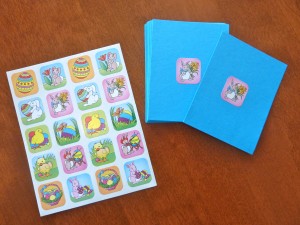These are some other basic station activity ideas that I have included in a farm-themed My Obstacle Course for Andrew. The great thing about them is that I used things that I already had at home so this is another reminder to look around in your child’s stuff to see if they have toys that fit with the theme you are doing. When doing my own “treasure hunt” for this theme I found a farm puzzle, his Fisher-Price Farm set with the animals, some plastic animals we accumulated somewhere (possibly Michael’s), and some farm-themed books.
Farm Puzzle
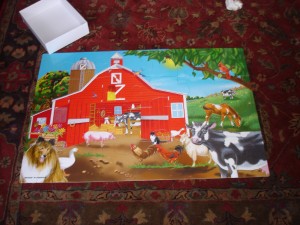
Puzzles can be done in a variety of ways, depending on what your child is ready for.
- Put the puzzle together ahead of time and remove several pieces. When the child gets to the station, they put the pieces that have been removed into the puzzle. This helped us tremendously because Andrew would get overwhelmed at all of the pieces in front of him, not quite getting how to look for edges and corners. When he put the pieces into the puzzle, he felt as proud as if he had done the whole thing and the next time I would remove a few more pieces to challenge him a bit more.
- Separate the edge pieces from the middle pieces. Create the frame first before strategically introducing the other pieces. With beginner type puzzles, this is not difficult to do. Just look for pieces that fit in the spaces next to the edge pieces and hand them to your child.
- Complete puzzle in the typical fashion.
Fisher Price Farm
- While this is meant for more pretend play, you could make it a more direct activity by having your child place the animals in their correct spaces, having them make the sounds that the animals make or match the animals with the animal name written on a card or cutout. For these, I would probably incorporate some sort of mystery pouch so that they have to reach in, choose an animal and then do the activity. Doesn’t take much to make it more intriguing! Here is a post I did a while ago on mystery pouches.
Plastic Farm Animals
- Provide clues for the animals that you have and have your child match the animal that goes with the clue. (Ex. What kind of animal likes to roll in the mud? Pig!) I would use the same mystery strategy I mentioned above.
Farm Books
- Books can be read as a read aloud (where the adult reads while the child listens or vice versa), read together (adult and child read together or take turns reading pages) or talk about the pictures and point out things on the pages without reading the text that is on the page. This can be as easy as saying, “Where is the barn?” or “Point to the cow.” Include some post-it notes so you can label these items (without ruining the book) to add word and picture connections.
Engage, Encourage and Empower!

